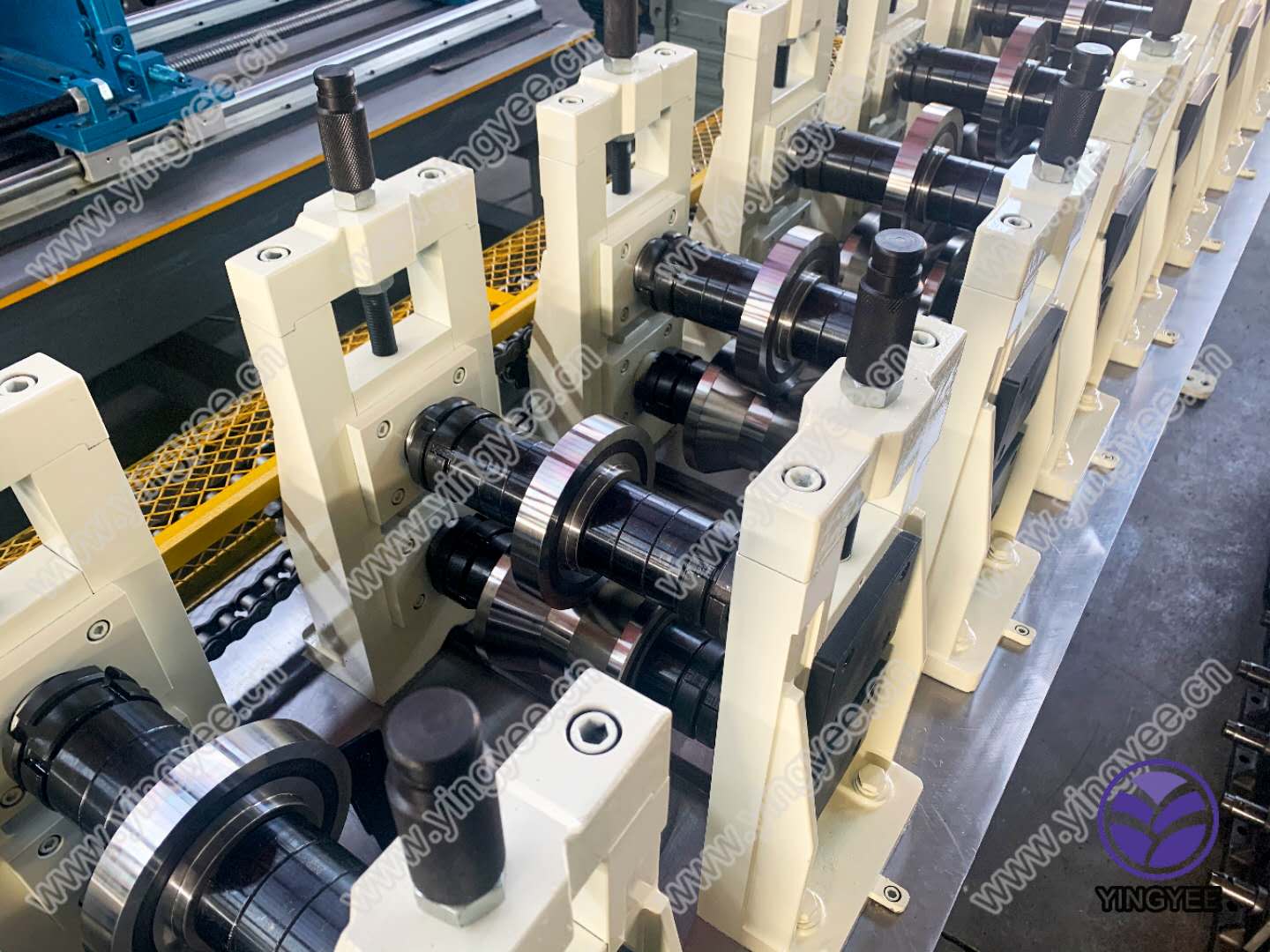
Understanding Stud and Track Forming Machines
In the realm of modern manufacturing and construction, the importance of precision and efficiency cannot be overstated. One of the critical pieces of machinery responsible for achieving these goals is the stud and track forming machine. This specialized equipment is designed to produce metal studs and tracks essential for construction, particularly in framing systems for walls, ceilings, and other structural elements.
What is a Stud and Track Forming Machine?
A stud and track forming machine is a type of roll forming machine specifically engineered to create steel or metal profiles. These profiles are integral components of light gauge steel framing systems. The machine utilizes a series of rollers to shape flat metal sheets into desired shapes and forms high-quality studs and tracks, which are used to construct frameworks that support walls and ceilings in both residential and commercial buildings.
Typically, these machines can produce various sizes and types of studs and tracks, allowing manufacturers to meet different engineering requirements. The versatility of stud and track forming machines makes them invaluable in today's construction industry, where customization and adaptability are often key to project success.
Components and Functionality
The core functionality of a stud and track forming machine revolves around its ability to take a flat roll of sheet metal and transform it into a three-dimensional profile. The process generally involves several steps
1. Feeding The machine receives flat metal sheets, often galvanized steel, from coils. These coils are carefully aligned to ensure uninterrupted feeding in the subsequent steps.
2. Roll Forming The metal is fed through a series of rollers that progressively bend and shape the material into the desired stud or track profile. These rollers are meticulously designed and positioned to achieve precise angles and dimensions.
4. Hole Punching (Optional) Many stud and track forming machines are also equipped with hole-punching capabilities. This allows for the addition of pre-punched holes in the track and stud profiles, facilitating easier assembly and connecting of components during construction.

5. Quality Control Advanced stud and track forming machines incorporate automated systems that monitor the production process, ensuring that the final products meet stringent quality standards. This is essential for maintaining consistency and reliability in construction projects.
Benefits of Using Stud and Track Forming Machines
The adoption of stud and track forming machines brings numerous advantages to manufacturers and builders alike
- Increased Efficiency These machines allow for rapid production of metal profiles, significantly speed up the manufacturing process compared to traditional methods.
- Cost-Effectiveness By producing profiles in bulk and minimizing waste, manufacturers can reduce overall costs. This is particularly beneficial in large-scale construction projects where budget constraints are often paramount.
- Customization The ability to produce a variety of profiles and dimensions enables builders to customize materials according to specific project requirements, leading to greater flexibility in design.
- Enhanced Structural Integrity Metal stud framing systems created with precision forming machines contribute to stronger and more durable structures, which can better withstand environmental stresses.
- Sustainability Many modern stud and track forming machines are designed with energy efficiency in mind, and the use of renewable materials further enhances their sustainability.
Conclusion
The advancements in stud and track forming machines have revolutionized the construction and manufacturing industries by streamlining production processes and enhancing the quality of building materials. As construction projects continue to evolve, the integration of advanced technology in forming machines will further facilitate the creation of innovative structural systems. Whether for small residential buildings or large commercial complexes, the role of stud and track forming machines is pivotal in delivering high-quality, efficient construction solutions. Embracing these machines not only paves the way for improved manufacturing practices but also underscores the importance of precision engineering in today's competitive marketplace.